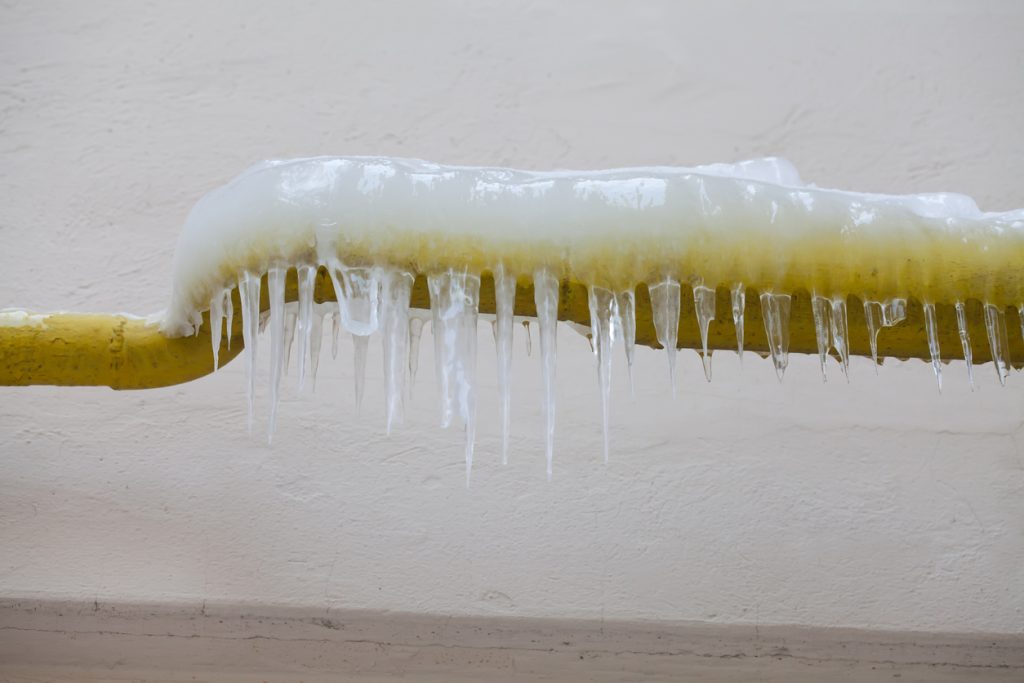Every person has got their personal piece of advice when it comes to Prevent Frozen Pipes .

Winter can wreak havoc on your plumbing, particularly by freezing pipelines. Here's exactly how to stop it from occurring and what to do if it does.
Introduction
As temperature levels decrease, the threat of icy pipes increases, potentially causing costly repair work and water damages. Understanding just how to stop frozen pipes is critical for house owners in chilly climates.
Understanding Icy Pipelines
What triggers pipelines to ice up?
Pipelines ice up when subjected to temperatures listed below 32 ° F (0 ° C) for expanded periods. As water inside the pipes freezes, it increases, putting pressure on the pipe wall surfaces and potentially creating them to burst.
Threats and problems
Icy pipes can lead to water interruptions, residential property damages, and pricey fixings. Ruptured pipes can flood homes and trigger extensive architectural damage.
Indications of Frozen Piping
Identifying frozen pipes early can avoid them from rupturing.
Just how to identify icy pipelines
Search for reduced water circulation from taps, unusual smells or sounds from pipes, and visible frost on exposed pipelines.
Prevention Tips
Shielding prone pipelines
Wrap pipelines in insulation sleeves or use heat tape to protect them from freezing temperatures. Focus on pipes in unheated or external locations of the home.
Heating strategies
Maintain indoor spaces adequately heated up, especially areas with plumbing. Open closet doors to permit cozy air to flow around pipes under sinks.
Shielding Exterior Plumbing
Garden hose pipes and outdoor taps
Detach and drain yard pipes prior to wintertime. Install frost-proof spigots or cover outside faucets with shielded caps.
What to Do If Your Pipes Freeze
Immediate actions to take
If you suspect frozen pipelines, keep faucets open up to ease pressure as the ice thaws. Use a hairdryer or towels soaked in hot water to thaw pipelines gradually.
Long-Term Solutions
Architectural adjustments
Take into consideration rerouting pipes away from outside wall surfaces or unheated areas. Include extra insulation to attic rooms, cellars, and crawl spaces.
Upgrading insulation
Buy premium insulation for pipes, attic rooms, and walls. Appropriate insulation aids preserve consistent temperature levels and lowers the threat of icy pipes.
Conclusion
Stopping frozen pipes requires aggressive procedures and fast responses. By recognizing the reasons, signs, and safety nets, property owners can shield their plumbing during cold weather.
6 Proven Ways to Prevent Frozen Pipes and Protect Your Home
Disconnect and Drain Garden Hoses
Before winter arrives, start by disconnecting your garden hoses and draining any remaining water. Close the shut-off valves that supply outdoor hose bibs and leave the outdoor faucet open to allow any residual water to drain. For extra protection, consider using faucet covers throughout the colder months. It’s also important to drain water from any sprinkler supply lines following the manufacturer’s directions.
Insulate Exposed Pipes
Insulating your pipes is an effective way to prevent freezing. Pipe insulation is readily available at home improvement stores and is relatively inexpensive. Pay close attention to pipes in unheated areas such as the attic, basement, crawl spaces, or garage. Apply foam insulation generously to create a buffer against the cold. You can also wrap your pipes in heat tape or thermostat-controlled heat cables for added warmth.
Seal Air Leaks
Inspect your home for any cracks or openings that could let in cold air. Seal any holes around the piping in interior or exterior walls, as well as the sill plates where your home rests on its foundation. Additionally, make sure to keep your garage door closed unless you’re entering or exiting. Leaving it open creates a significant air leak that can lead to frozen pipes.
Allow Warm Air Circulation
During cold snaps, it’s essential to allow warm air to circulate evenly throughout your home. Leave interior doors ajar to promote better airflow. Open kitchen and bathroom cabinets to help distribute heat consistently around the rooms. If you have small children or pets, be sure to remove any household chemicals or potentially harmful cleaners from open cabinets for safety.
Let Faucets Drip
A small trickle of water can make a big difference in preventing ice formation inside your pipes. When temperatures drop significantly, start a drip of water from all faucets served by exposed pipes. This continuous flow helps prevent the water from freezing. Additionally, running a few faucets slightly can relieve pressure inside the pipes, reducing the chances of a rupture if the water inside does freeze.
https://choateshvac.com/6-proven-ways-to-prevent-frozen-pipes-and-protect-your-home/

I came across that blog post on Prevent Frozen Pipes while doing a search on the internet. Sharing is caring. You just don't know, you may just be helping someone out. Thank you for your time invested reading it.
Click Here